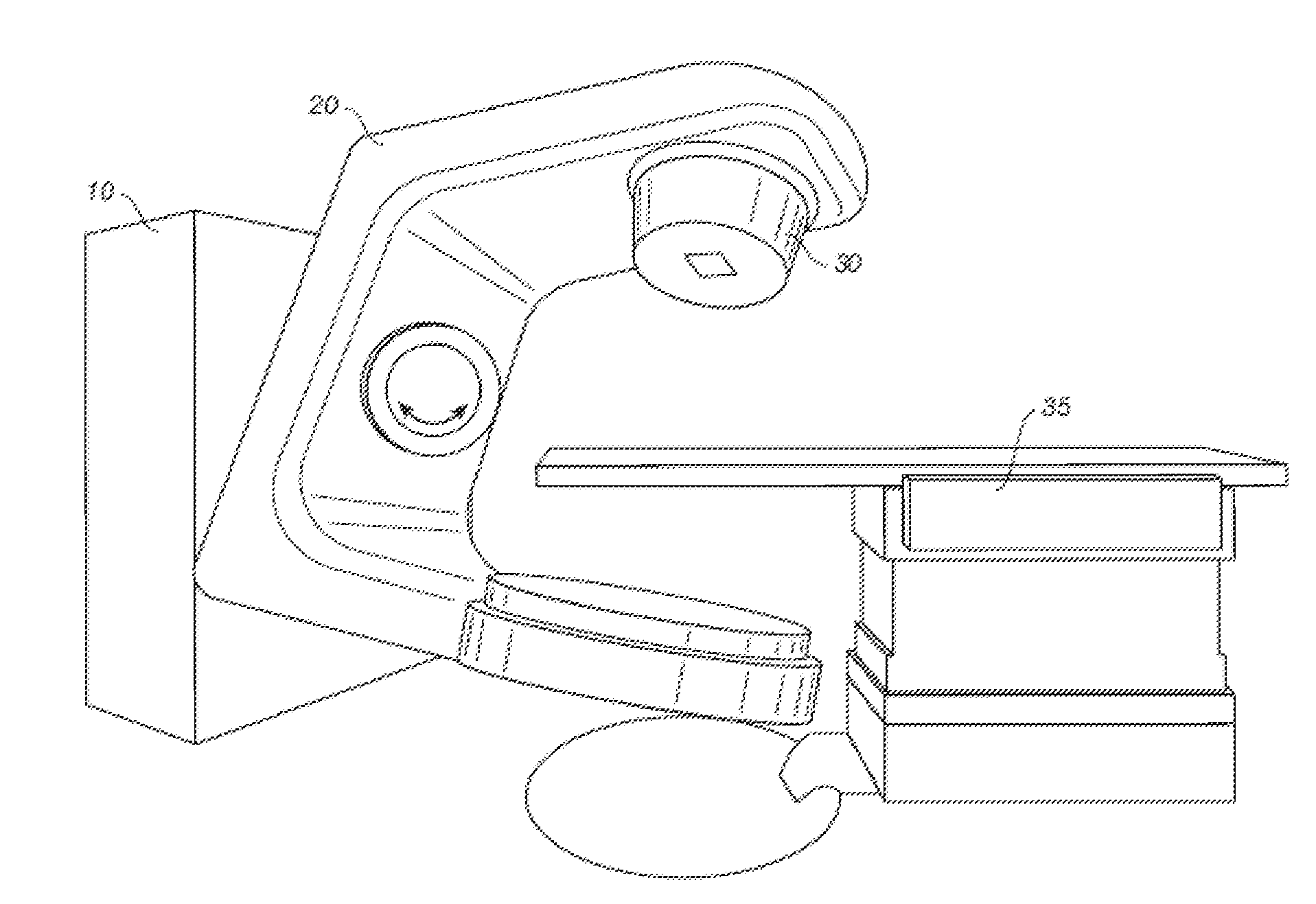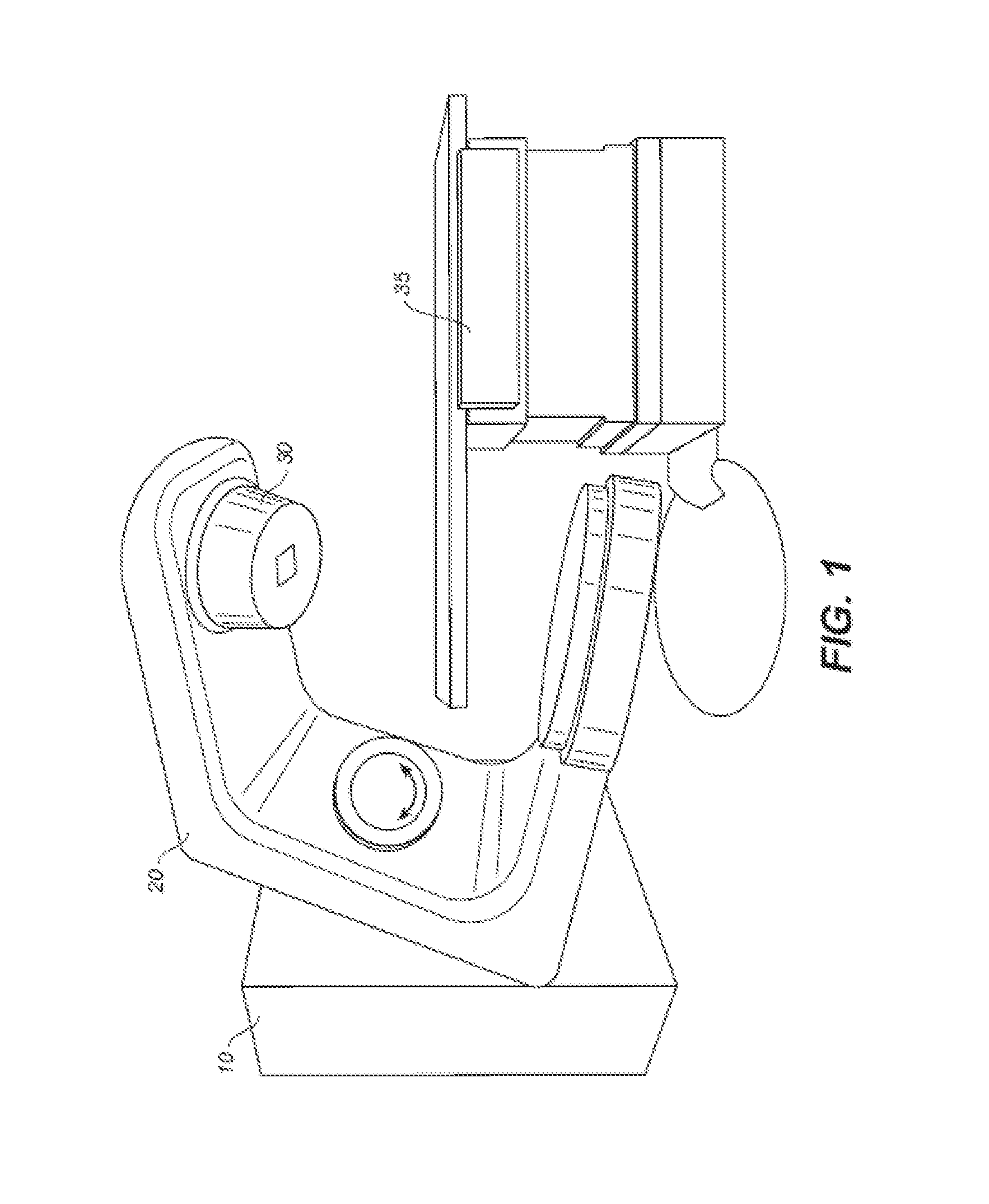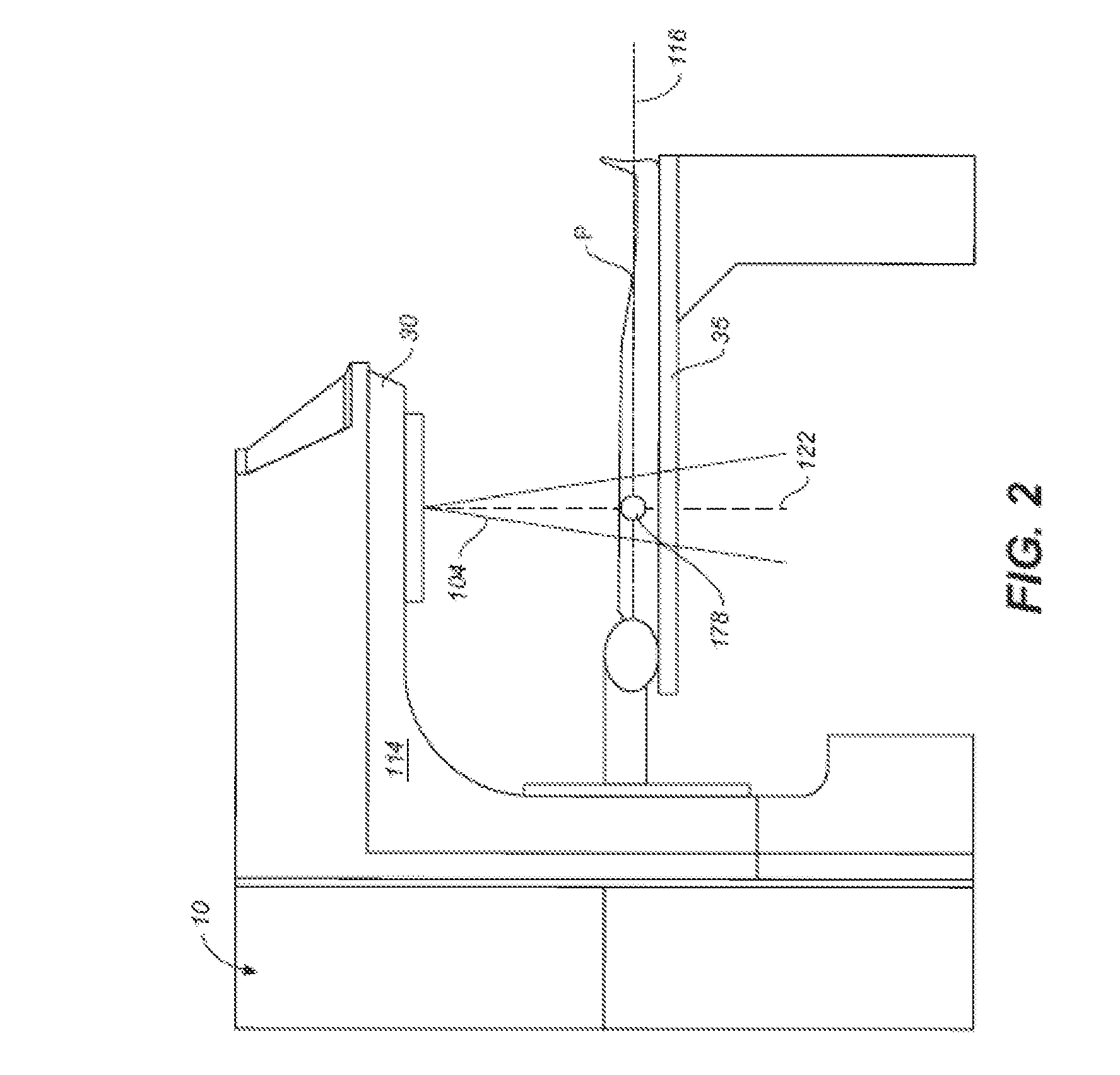Automatic creation and selection of dose prediction models for treatment plans
a technology of dose prediction model and treatment plan, applied in the field of radiation therapy treatment planning, can solve the problems of increasing the difficulty of preparing a treatment plan, increasing the difficulty of developing treatment plans, and the algorithm for calculating and optimizing treatment plans requires substantial computational time, and achieves the effect of greater accuracy
- Summary
- Abstract
- Description
- Claims
- Application Information
AI Technical Summary
Benefits of technology
Problems solved by technology
Method used
Image
Examples
Embodiment Construction
[0026]A dose prediction model can be used to determine a dose distribution for a new patient. In one embodiment, the dose prediction models can already be determined. For example, a plurality of pre-determined models may be created based on training sets of previously determined treatment plans for other patients. Embodiments can automatically select the treatment plans to be used in creating a dose prediction model. The automatic selection can be based on a similarity of defined characteristics between treatment plans, as quantified by a distance. A training set can then be used to determine a model, which can be used to generate a treatment plan for a new patient.
[0027]Regardless of how a model is created, an embodiment can select a best model between pre-existing models. For example, characteristics of the treatment plans of the training set used to create the model can be saved as characteristics of the model, and then used to determine if the new patient data is similar to the ...
PUM
 Login to View More
Login to View More Abstract
Description
Claims
Application Information
 Login to View More
Login to View More - R&D
- Intellectual Property
- Life Sciences
- Materials
- Tech Scout
- Unparalleled Data Quality
- Higher Quality Content
- 60% Fewer Hallucinations
Browse by: Latest US Patents, China's latest patents, Technical Efficacy Thesaurus, Application Domain, Technology Topic, Popular Technical Reports.
© 2025 PatSnap. All rights reserved.Legal|Privacy policy|Modern Slavery Act Transparency Statement|Sitemap|About US| Contact US: help@patsnap.com



